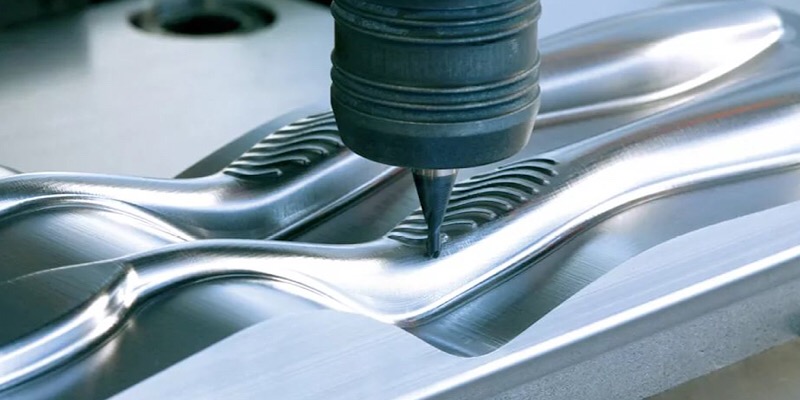Posted on Nov.6th, 2018, | By Candy, WayKen Marketing Manager
Once you’ve decided on the idea and have perfected it into a final version of the product, it’s time to choose the materials and the manufacturing method for each part. Modern trends suggest that manufacturers turn to aluminum alloys for metal device prototyping. Those alloys offer a number of definitive advantages and aluminum fabrication techniques are numerous and well developed. Here are a few reasons why you should choose aluminum processing as the method to manufacture your prototypes.
Outstanding Machinability
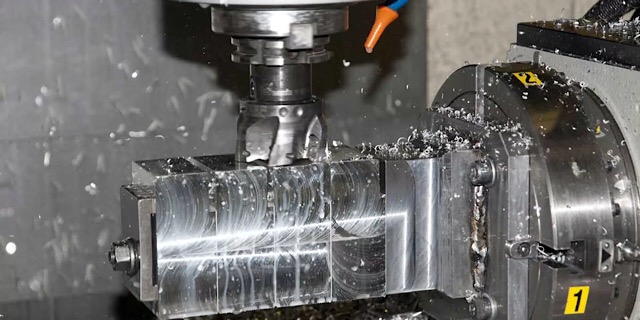
Machinability is a parameter that characterizes the efficiency of machining of a specific metal. It is calculated as the current material machining speed divided by the sample material machining speed. The sample is usually some kind of simple carbon steel. Now, if we compare the aluminum alloy machining speed to 1212 steel machining speed, we will get 360% meaning that you can cut aluminum 3,6 times as fast as steel. Sure, steel may be stronger and more durable but machining time is more important in making prototypes. You can sacrifice some of the operational life to get the sample faster.
Aluminum alloys can be processed by a wide range of techniques. Since they conduct electricity, some electrochemical and coating options are also available. Among the most popular methods, the aluminum fabrication companies employ are CNC-turning, CNC-milling, Grinding, Polishing, Honing, Drilling and Tapping, Electrical Discharge Machining (EDM), Electrochemical Machining, Slotting and more. By combining the various techniques, you can obtain a part of virtually any complexity and precision.
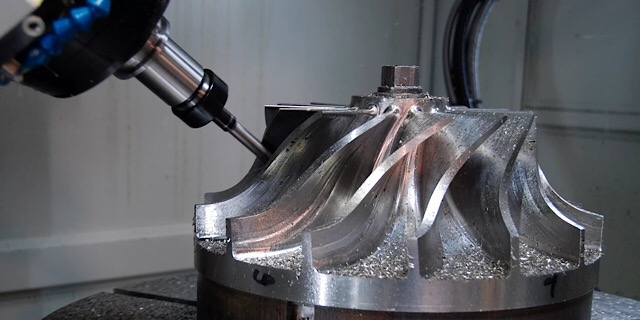
Great Precision and Surface Finish
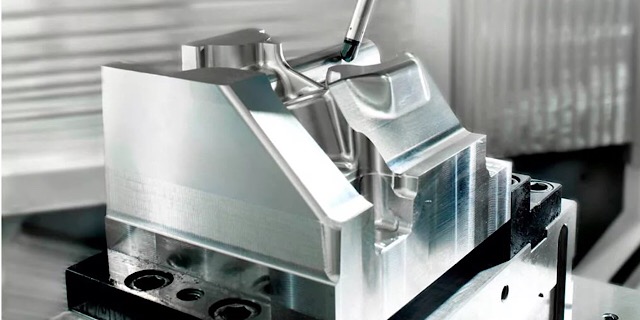
Custom aluminum fabrication is based on CNC machining, we call CNC aluminum. Unlike other processes, it does not involve melting and consecutive solidification with the inevitable distortion, characteristic of all thermal processes. CNC machining is the process that yields the best surface finish and tolerances. You can even get a mirror-like surface if you add some polishing operations. The maximum achievable tolerance in aluminum machining is IT8-7 and the surface finish is RA 1,25 mcm.
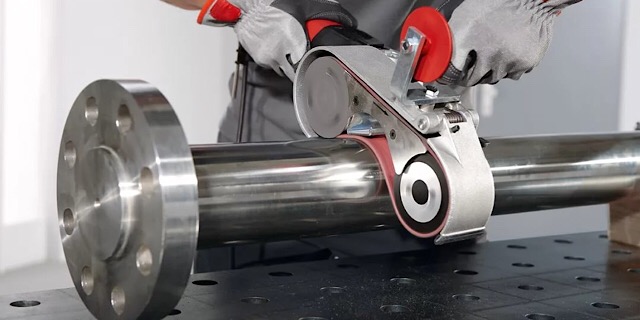
Easy Casting and Forming Possibilities
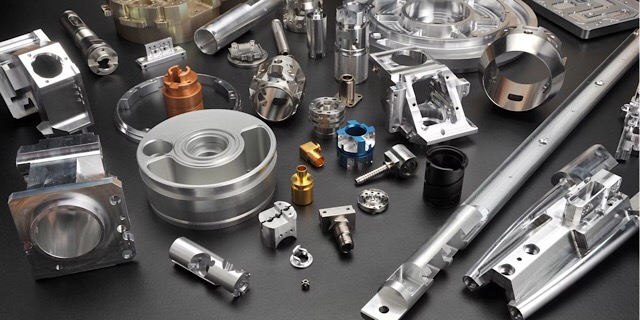
Aluminum alloys have the best casting properties. So, if you have a master model of the part you can easily obtain sand cast parts for low volume manufacturing solutions. The shrinkage is minuscule while the liquidity is outstanding. It means that the metal will flow into the smallest details while the shrinking effect from the solidification will not bring a big error into the part. That way, you can significantly decrease material waste for batches ranging from 10 and up.
Forming is the second option that can be used to process raw aluminum blanks. Aluminum has great plasticity so by heating it up you can hammer it into the desired form. Nowadays, hot forming is mostly associated with mass production using die casting, however, there are some flexible tools and equipment that allow smiths to change the shape of the blank without the need for special dies. A convenient bonus is that formed blanks have higher strength than standard ones.
Corrosion Resistance
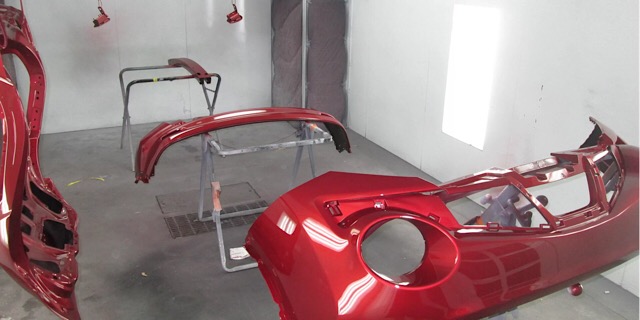
Aluminium fabricators enjoy the advantages of the alloys’ corrosion resistance properties. If they have an order, where corrosion is a vital factor, they can just pick aluminum and not bother anymore. You see, this metal forms an oxide screen on its surface that is just a fraction of a millimeter. This screen protects the metal from any outer harmful agents. No coatings are needed and no painting to prevent the part from getting rusty. And adding some sort of coating or paint will result in part being almost impregnable to any sort of outer corrosive influence.
Great Weight-to-Strength Ratio
Aluminum alloys are 3 times lighter than steel. That is why they are often used for the aerospace industry. Despite them being so lightweight, a lot of alloys are modified in a way that allows the aluminum to match the strength of steel. So, if you are considering manufacturing some product where weight is a crucial parameter, a handheld device or an aircraft, for example. You should consider choosing aluminum alloy not only for the prototype but for the final part as well.
Non-magnetic Alloy
Aluminum alloys do not react to magnets. That is mostly an unimportant factor except for the times when immunity to the magnetic field is the parameter necessary for the device to function. There are definitely some other alloys that are passive to magnets but aluminum is one of the cheapest and strongest among them. Choosing it for an enclosure of the device or some fixture that should not get magnetized is a good and affordable option.
Medical Use
It is not a widely known fact but some aluminum alloys can be used in the medical industry. For example, 6063,6061 and 3003 alloys are completely compatible with human tissue. Medical manufacturers have a limited number of options when biocompatible metal parts are concerned and aluminum alloys are an affordable option. If we look at another choice, It is Titanium. Titanium alloys have awful machinability while aluminium fabrication is efficient and easy.
Great Conductivity
Copper is the most widespread choice for wiring and electrical appliances. However, copper is soft, expensive and has unsatisfactory corrosion resistance. Aluminum counters all of the above-mentioned disadvantages and at the same time conducts electricity on par with copper. So, using it for electrical device prototype aluminum fabrication can be a viable choice, especially if you have some complex electrodes to manufacture.
Recycling Options
Modern industry concerns itself with being eco-friendly sustainable and pollute the atmosphere as little as possible. Over the years this factor has become increasingly important in product material choices. That is why polymers and plastics are not used by default anymore. After all, when the product has served its due, getting rid of plastic parts can be a hassle. Often, recycling industrial-grade plastics is a complex and costly process. Just burning them or keeping them at junkyards is not the perfect choice. So, manufacturers look for other materials to become greener.
Aluminum alloys certainly go along the eco-friendliness trend. You can recycle them completely. They can just be smelted and used for the next part with almost no waste. In addition, you can cover some of the aluminum fabrication costs by selling chips obtained from manufacturing your prototypes or low volume batches.

